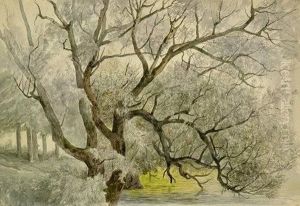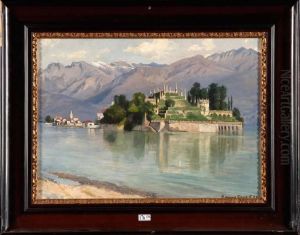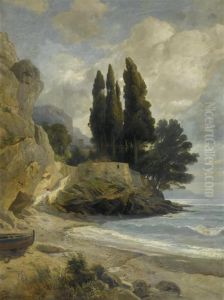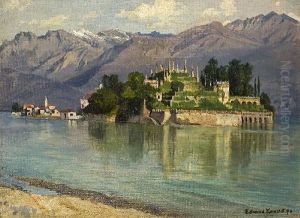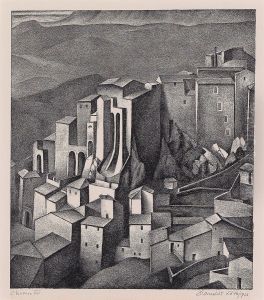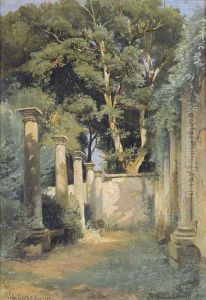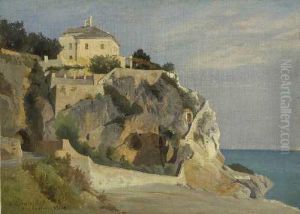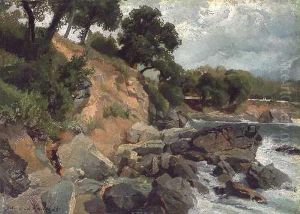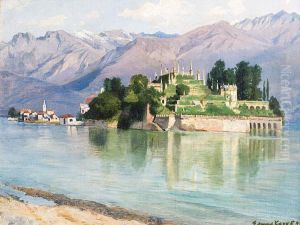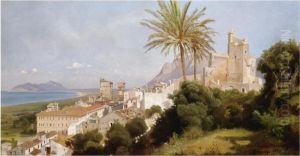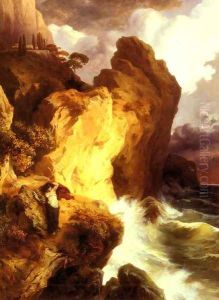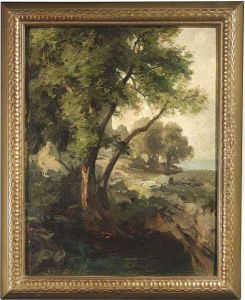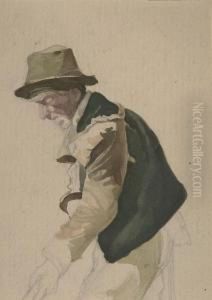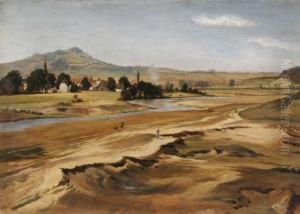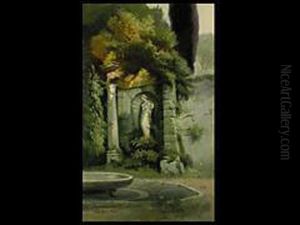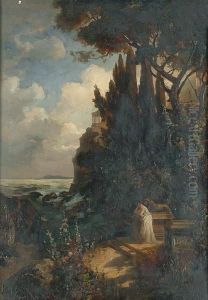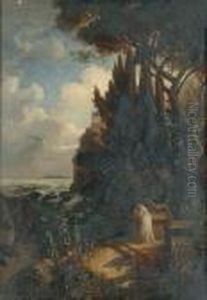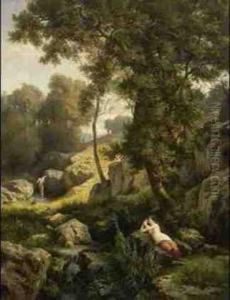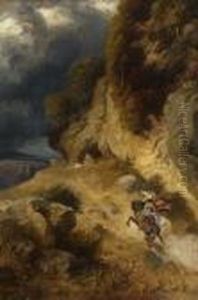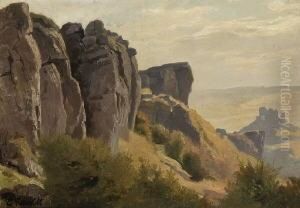Edmund Friedrich Kanoldt Paintings
Edmund Friedrich Kanoldt was a German painter, known for his contribution to the genres of landscape painting and still life. Born on March 5, 1845, in Großrudestedt, near Erfurt in Germany, he was a key figure in the art scene of his time. His father, August Kanoldt, was also a painter, giving Edmund an early exposure to the world of art.
Kanoldt's artistic training began at the Academy of Fine Arts in Karlsruhe, where he studied under Hans Canon and Johann Wilhelm Schirmer, who were prominent landscape painters of the era. Schirmer, in particular, was known for his romantic landscape paintings, which had a significant influence on Kanoldt's early style. After completing his studies, Kanoldt traveled extensively through Germany, Italy, and the Swiss Alps, drawing inspiration from the diverse landscapes he encountered.
During his travels, Kanoldt developed a more realistic approach to landscape painting, moving away from the romanticism of his teachers. He became known for his detailed and precise depictions of nature, often emphasizing the play of light and shadow. His works were characterized by a meticulous attention to detail, with a focus on capturing the essence of the natural world.
Kanoldt's still lifes also garnered attention, often featuring objects arranged with a keen eye for composition and color harmony. His ability to render textures and surfaces with a lifelike quality contributed to the sense of realism that his works conveyed.
Throughout his career, Kanoldt exhibited his paintings at various art shows and was a member of several art associations. His work received critical acclaim and was collected by art enthusiasts of the time. Kanoldt's influence extended to his role as a teacher, where he shared his techniques and philosophy with a new generation of artists.
Edmund Friedrich Kanoldt's contribution to the art world was cut short when he passed away on January 13, 1904, in Bad Nauheim, Germany. Despite his relatively brief career, his paintings remain a testament to his skill as a painter and his dedication to capturing the beauty of the natural world.
